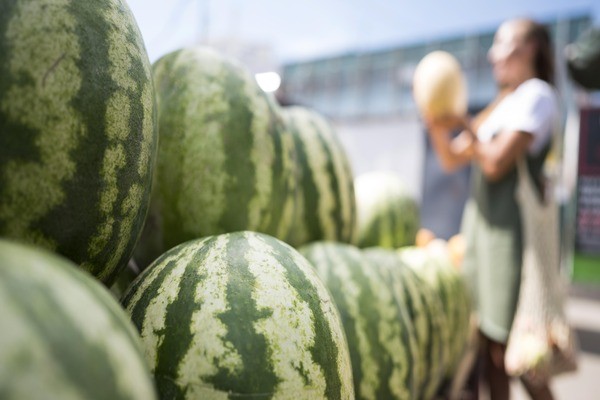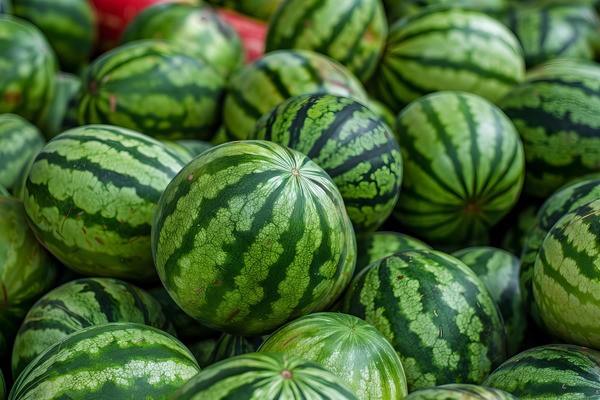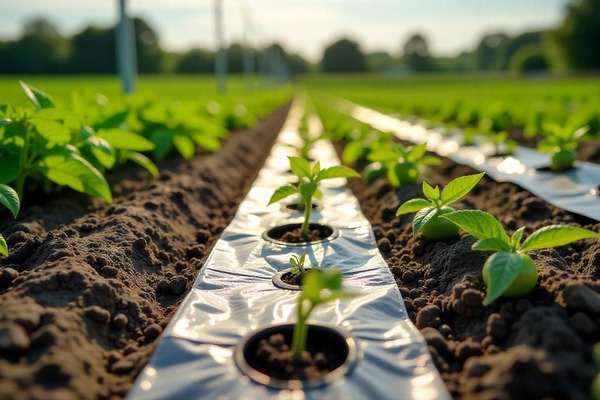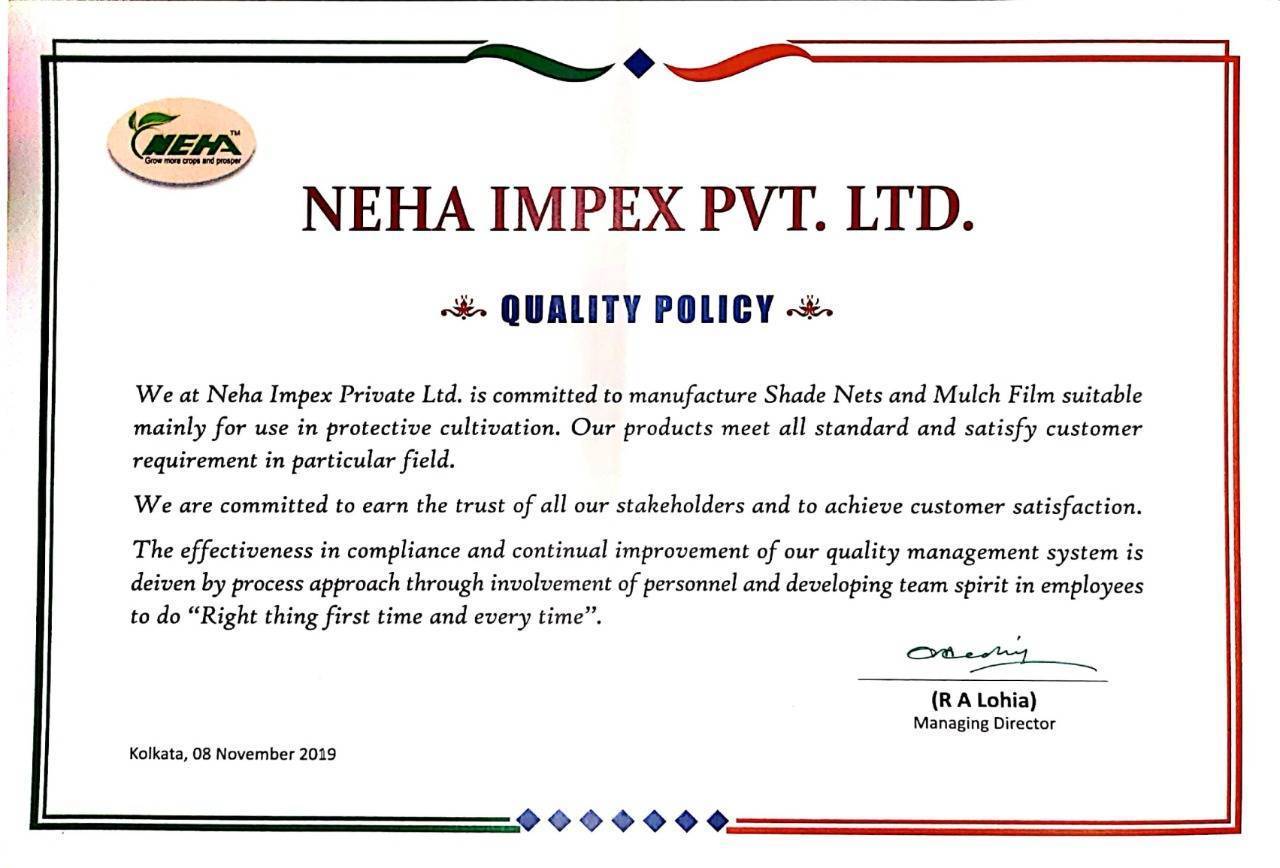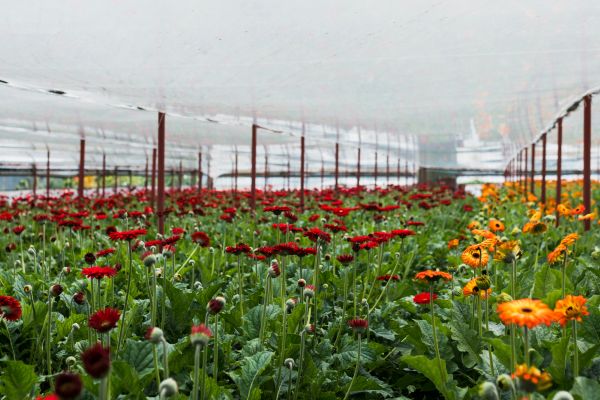
In agriculture, horticulture, and construction, shade nets have become indispensable for creating controlled environments. As industries evolve, so do the technologies and practices employed by shade net manufacturers. The future of shade nets is shaping up to be exciting, with innovations aimed at sustainability, functionality, and versatility.
Here’s a look at what we can expect from shade net manufacturers in the coming years.
1. Sustainable Materials and Manufacturing
Environmental consciousness is driving manufacturers to adopt sustainable practices. In the future, we’re likely to see shade nets made from biodegradable or recycled materials. This shift not only reduces the environmental impact but also appeals to eco-conscious consumers. Furthermore, manufacturers are expected to streamline production processes to minimise waste and energy consumption.
2. Advanced UV Protection
While current shade nets offer varying levels of UV protection, future innovations may focus on enhancing this capability. Manufacturers are investing in research to develop nets that provide better protection against harmful UV rays while allowing optimal light penetration. This is particularly crucial for sensitive crops and plants that require specific light conditions to thrive.
3. Smart Shade Nets
As technology integrates into agriculture, smart shade nets are poised to become a reality. These nets could feature embedded sensors to monitor temperature, humidity, and light levels. Such innovations would enable farmers and growers to adjust conditions dynamically, ensuring optimal growth environments for their crops. Smart shade nets could be the next big leap in precision agriculture.
4. Customisable Solutions
The demand for tailored solutions is rising across industries, and shade nets are no exception. Manufacturers are working on offering more customisation options, including variable shading percentages, colours, and sizes. This allows clients to choose nets that perfectly align with their specific requirements, whether for greenhouses, construction sites, or outdoor events.
5. Enhanced Durability
Future shade nets are likely to be more durable and resilient than ever. Manufacturers are experimenting with high-strength polymers and advanced weaving techniques to produce nets that withstand harsh weather conditions, such as heavy winds, rain, and prolonged exposure to sunlight. Improved durability means a longer lifespan and reduced replacement costs for users.
6. Multi-Functional Nets
Versatility is another area where shade net manufacturers are innovating. Multi-functional nets that serve additional purposes, such as pest control, insulation, or water retention, are becoming a focus. These hybrid solutions can significantly enhance efficiency and reduce costs for users.
7. Focus on Urban Applications
With urban farming and green architecture on the rise, shade net manufacturers are expanding their product lines to cater to urban needs. Shade nets designed for rooftop gardens, vertical farming, and urban landscaping are expected to become more prevalent. These nets will likely combine aesthetics with functionality to suit modern architectural demands.
8. Integration with Renewable Energy
A fascinating prospect is the integration of shade nets with renewable energy systems. Some manufacturers are exploring the possibility of combining solar panels with shade nets. This dual-purpose solution could provide shade while generating energy, making it a game-changer for remote agricultural areas.
9. Increased Global Collaboration
As the global demand for shade nets grows, manufacturers are collaborating across borders to share technology and expertise. Such amalgamation of ideas will lead to the development of innovative products that cater to diverse climates and industries worldwide.
The future of shade nets is bright, with manufacturers pushing the boundaries of innovation to meet the evolving needs of industries. From sustainable materials to smart technologies and multifunctional designs, these advancements promise to revolutionise how shade nets are used in agriculture, construction, and beyond. As these trends gain traction, shade nets will not only protect crops and structures but also contribute to a more sustainable and efficient future. Contact us for more.
Read our other blog: Shade Net For Nursery Plants: Balancing Light And Temperature

